Everything You Need To Know About Miso
What Is Miso?
Miso translates as ‘fermented beans’ in Japanese. A traditional ingredient in Japanese and Chinese diets, miso paste is made from fermented soybeans and grains. There are hundreds of different types of miso and individual varieties are linked with regional cuisines.
In Japan, people traditionally start their day with a portion of rice, pickles and a bowl of miso soup – said to stimulate digestion. This pairing of plain rice and miso soup is considered a fundamental unit of Japanese cuisine and it’s unusual not to be served this punchy broth with a meal. The protein-rich paste is a popular condiment, providing instant flavour by adding ‘umami’ – a recently recognised fifth taste akin to ‘savoury’ – to soups and dressings, vegetables, stews, glazes, marinades and even desserts.
How Is It Made?
Like all fermented foods, miso's flavour profile is created by the compounds produced through the fermentation process. Miso consists of a starter culture called koji – a combination of grains or soya beans multiplied with aspergillus oryzae mould spores. The miso goes through a two-step process; once the koji has been cultivated, it is then combined with soybeans and a grain (usually rice, barley or rye), before being left to enzymatically digest, ferment and age. The fermentation period can last from anywhere between two months and over three years.
What Are The Health Benefits Of Miso?
This low-calorie paste is a great source of copper, manganese, zinc, various B vitamins, vitamins E and K, and folic acid. It’s also an excellent source of protein, making it popular among vegans and vegetarians. Due to its fermentation process, miso contains millions of beneficial bacteria and is rich is enzymes. These enzymes create probiotics, thought to aid digestion, absorption and assimilation of nutrients. A word of warning: the more aged the miso, the higher the salt content.
Choosing Your Miso
These days you’ll find miso in one form or another in almost every supermarket. If not, the Japan Centre in London offers myriad miso options – and all are available to buy online. Here are six types to get you started:
Shiro Miso: white miso
Shiro Miso, also known as white miso is made from soybeans and rice which are fermented for two months. Light in colour, with a sweet and mildly salty flavour, Shiro is a great starter miso for beginners. Shiro Miso is versatile and provides a kick to dressings and vegetables. Plus its creamy texture and taste makes it a popular dairy substitute in dishes like mashed potato.
Aka Miso: red miso
If a recipe calls for dark miso, you’ll want to opt for a red miso. Deep red in colour, aka miso is made from a higher proportion of soybeans and fermented for up to three years: expect a deeper saltier, deeper flavor which lends itself best to hearty dishes like stews, soups and tomato sauces. Makes a great addition to gravy.
Shinsu Miso: yellow miso
Another mild form of the paste, yellow miso is fermented for slightly longer than white miso. Yellow miso’s mildness makes it a versatile ingredient, but we think it works best on fish or as a soup base.
Mugi Miso: barley miso
Made from barley and soybeans, Mugi Miso usually has a longer fermentation process than most miso. Expect a strong barley aroma, but a mild and slightly sweet flavour. An addition that works best in soups, stews and sauces.
White Miso glaze
This is the jar to buy if you want a speedy supper. It’s a ready-to-go glaze made by combining white miso paste, soy sauce, sesame oil and sugar. Simply spread onto fish and vegetables – such as an aubergine – and grill.
Miso instant soup
For a quick fix, you can’t go wrong with a packet of instant miso soup. At around 18 calories per cup, it’s an ideal snack for satisfying hunger pangs (especially if you add nori sheets and a handful of cooked noodles). An ideal introduction to miso for those wanting to try it.
Shop our favourite products below...
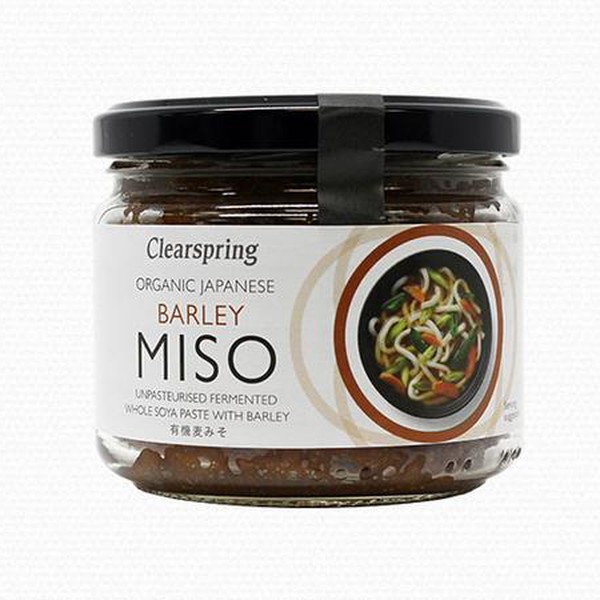
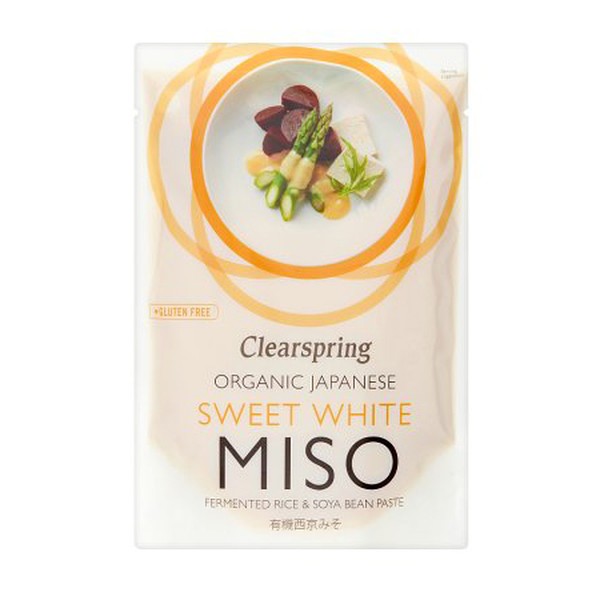
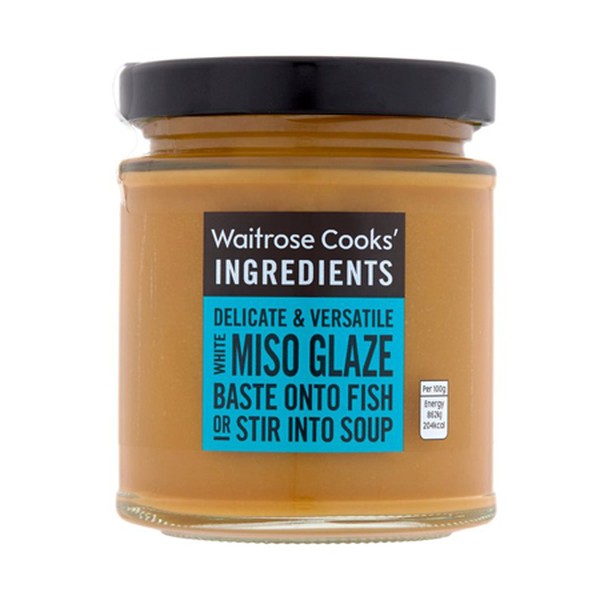
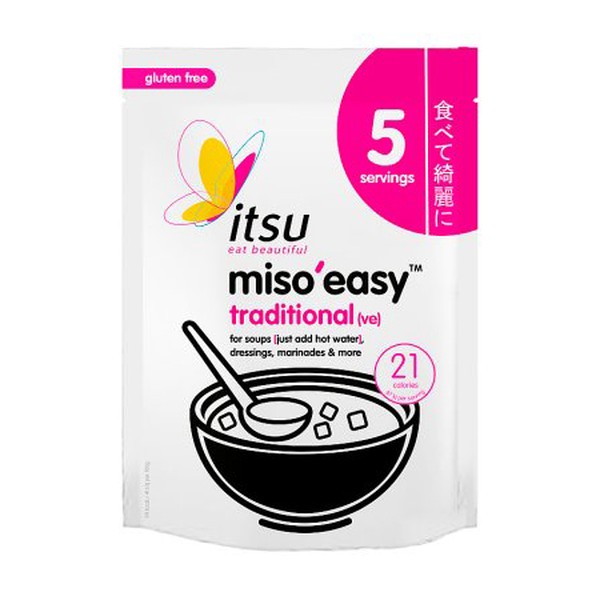
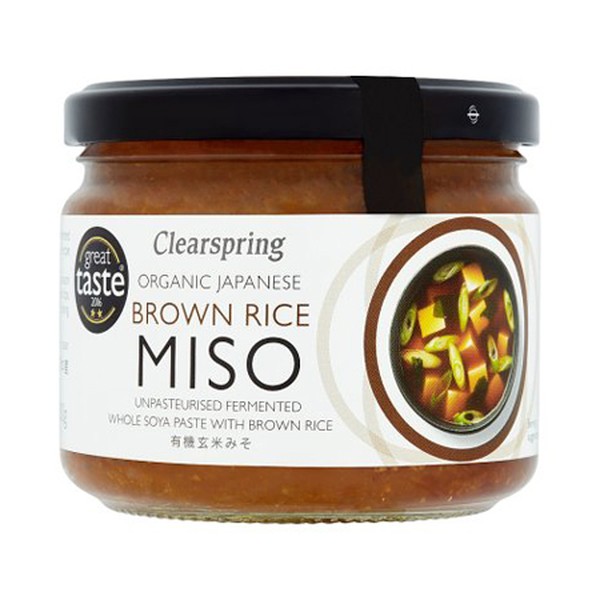

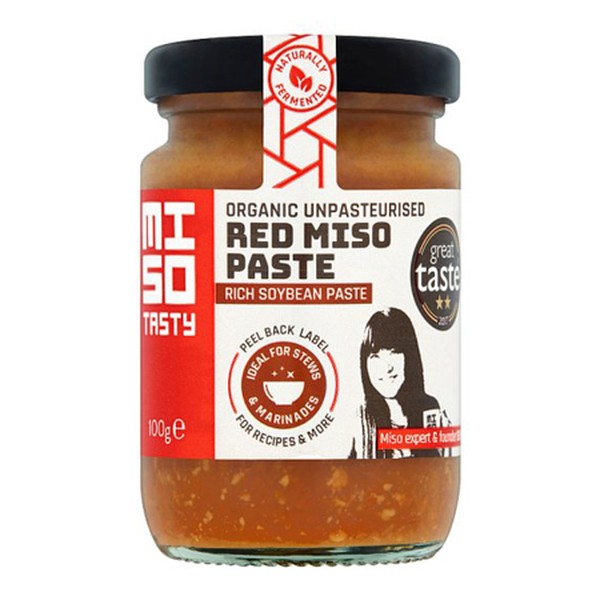
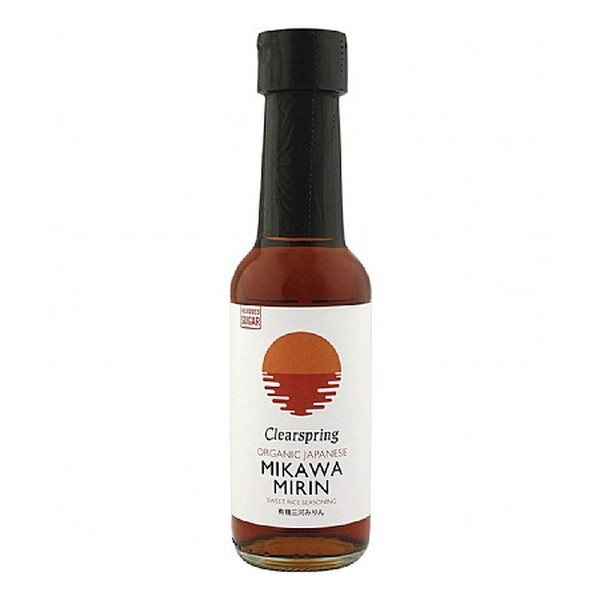
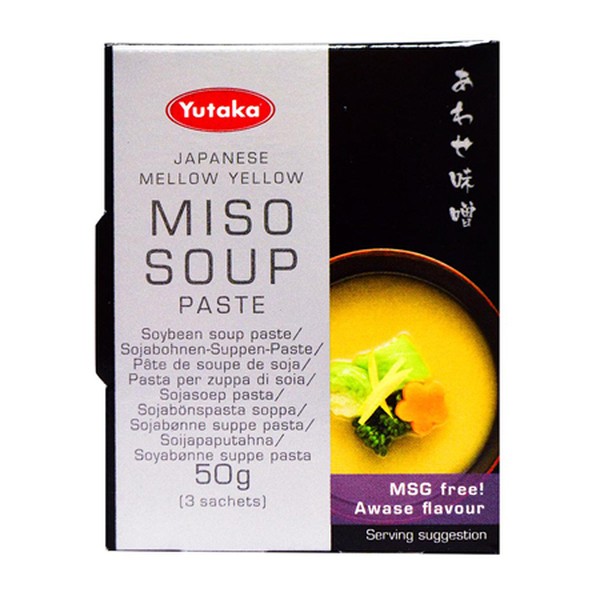
How To Cook With Miso
We asked Tim Anderson – self-confessed Japanophile, former MasterChef winner and chef-owner of Nanban – to tell us all about why miso is a must-use ingredient.
What's does miso taste like?
It is always salty and always umami, but depending on the age of the ingredients and its production method, it can be all kinds of things: light, fresh, and fruity at one end of the spectrum; nutty, malty and meaty in the middle. The really old stuff has notes of prune, chocolate and balsamic vinegar.
What are your quick dinner miso tips?
Mix miso with something to slacken it and take the edge off its salinity: mirin, sake, dashi, wine, or plain water work well. Season to taste with a bit of sugar and/or vinegar. It can be used on all kinds of things – as a dressing for green veg or as a marinade. As a rule of thumb, use lighter miso for fish and darker miso for strongly-flavoured meat like lamb or pork. Miso benefits immensely from a bit of caramelisation so it’s especially nice basted onto roasted or grilled dishes.
If you’ve never used miso before what’s the best way to try it?
Taste the miso first and think about its flavour profile. Lighter miso that’s fresh, tangy and salty is good in dishes where you might use a sharp cheese such as parmesan or pecorino. Adding miso to cheese sauce is a fantastic flavour enhancer. Richer miso is more like Marmite or tomato puree, so it’s best used as the basis for hearty dishes like meat stews, pasta sauces and even curries.
Tokyo Stories: A Japanese cookbook
Feel inspired?
Try out eight of our favourite miso recipes, from glazed aubergine to curry-based ramen...
DISCLAIMER: We endeavour to always credit the correct original source of every image we use. If you think a credit may be incorrect, please contact us at info@sheerluxe.com.

/https%3A%2F%2Fsheerluxe.com%2Fsites%2Fsheerluxe%2Ffiles%2Farticles%2F2019%2F03%2Flatenightmisoramen.jpg?itok=IlaDcUYI)
/https%3A%2F%2Fsheerluxe.com%2Fsites%2Fsheerluxe%2Ffiles%2Farticles%2F2019%2F03%2Fasiancourgettenoodlebroth.jpg?itok=c798hqpT)
/https%3A%2F%2Fsheerluxe.com%2Fsites%2Fsheerluxe%2Ffiles%2Farticles%2F2019%2F03%2Fchargrilled-miso-aubergine-tofu-kebabs.jpg?itok=zQsrndX1)
/https%3A%2F%2Fsheerluxe.com%2Fsites%2Fsheerluxe%2Ffiles%2Farticles%2F2019%2F03%2Fgizzierskinemisoramen.jpg?itok=M447rL6Y)
/https%3A%2F%2Fsheerluxe.com%2Fsites%2Fsheerluxe%2Ffiles%2Farticles%2F2019%2F03%2Fmiso-glazed-aubergine-pickled-ginger-cucumberweekend3.jpg?itok=VlpvAlN0)
/https%3A%2F%2Fsheerluxe.com%2Fsites%2Fsheerluxe%2Ffiles%2Farticles%2F2019%2F03%2Fmisonoodlesoup.jpg?itok=Vp3wli8s)
/https%3A%2F%2Fsheerluxe.com%2Fsites%2Fsheerluxe%2Ffiles%2Farticles%2F2019%2F03%2Fmisosalmonparcelswithasiannoodles.jpg?itok=qlVxwA1s)
/https%3A%2F%2Fsheerluxe.com%2Fsites%2Fsheerluxe%2Ffiles%2Farticles%2F2019%2F03%2Fmushroom-miso-stir-fried-noodles.jpg?itok=WYIr9UJF)

